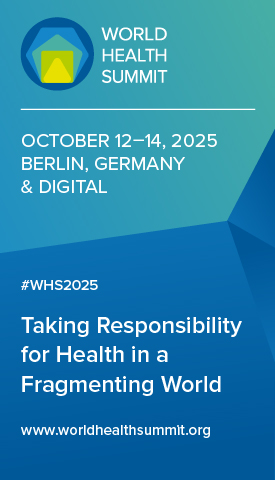G7 performance on energy
The climate-energy nexus remains a predominant global and G7 theme as Europe weans itself off Russian oil and gas. Under Japan’s presidency, the G7 is poised to fast-track the global energy transition
The G7 leaders meet at Hiroshima after the second year of the conflict in Ukraine has begun. As Russia continues to squeeze its gas supply to Europe, the climate-energy nexus remains a predominant global and G7 theme. While Russia’s actions have shown the world the inherent risk of relying heavily on fossil fuel imports, the crisis has also driven powerful structural changes that will accelerate the global clean energy transition. Under Japan’s presidency, the G7 is poised to fast-track this global energy transition in ways that enhance energy security, resilience and affordability, decrease dependency on fossil fuel imports, and create a more sustainable and equitable energy future for all.
Conclusions
The G7 has dedicated an average of 927 words or 9% of its communiqués to energy at each regular, annual summit. The phase from 1975 to 1989 had peaks of 1,309 words (62%) in 1979 and 1,742 words (44%) in 1980, and lows of zero in 1985 and 1988.
The second phase, from 1990 to 2004, had a high of 702 words (9%) in 1991, and a low of 43 words (0.4%) in 2002.
The third phase, from 2005 to 2014, had a high of 6,333 words (38%) in 2009 and a low of 567 words (3%) in 2005.
The fourth phase, from 2015 to 2022, produced fewer overall energy conclusions. The peaks came in 2015 with 1,688 words (13%) and 4,189 words (22%) in 2022 – spiking after Russia’s invasions of Ukraine in 2014 and 2022. Lows came in 2020 with zero and 409 (4%) in 2018.
Commitments
Between 1975 and 2022, the G7 generated 388 energy commitments, a number surpassed by those on development, health, environment, gender and
climate change.
The first phase, from 1975 to 1983, produced 113 energy commitments, with 43 (78%) in 1979, at the height of the second oil crisis.
The second phase, from 1984 to 1996, only generated three energy commitments, all made in 1991.
The third phase, from 1997 to 2006, saw a significant increase, with 155 commitments. Highs came in 2005 with 57 commitments (26%), followed by 78 commitments (24%) in 2006, when Russia hosted its first and only summit.
The fourth and fifth phases, from 2007 to 2022, had 250 energy commitments – the most since the G7’s inception. Highs came in 2007 with 41 commitments (12%), followed by 2022 with 49 (5%). By portion, the 2021 summit had the highest, where energy accounted for 31%. Lows came in 2013, 2019 and 2020 when energy fell off the agenda entirely.
Compliance
Members’ compliance with these energy commitments averaged 82%, based on the 25 commitments assessed for compliance by the G7 Research Group. This surpasses the 76% average across all subjects.
The highest compliance scores, of 100%, came from the 2001 and 2018 summits. Moreover, by January 2023 compliance with the assessed energy security commitment made at the 2022 summit was already at 100%. The lowest compliance came for 2003 with 61%, 2012 with 68%, and 2014 and 2017, each with 75%.
Among the members, the European Union has the highest compliance on energy, with 94%. This is followed by the United States with 92%, the United Kingdom with 90%, Germany with 86% and Canada with 84%. France with 80%, Japan with 78% and Italy with 68% are below average.
Causes and corrections
Several opportunities exist to improve compliance with the G7’s energy commitments at Hiroshima.
Commitments that reference meetings of energy ministers, use highly binding language and create official-level bodies that deal with energy have generated 100% compliance. References to public-private-sector partnerships are key (95%), as are defined timetables for actionable outcomes (94%) and links to regulatory frameworks (89%).
Commitments referencing outside agencies, at 78%, fall slightly below the energy average of 82%. Moreover, very low compliance levels are associated with low-binding language (61%) as well as references to voluntary reporting mechanisms (56%).
As Europe seeks to wean itself off Russian oil and gas by 2027, diversification by energy source and type will be key to maintaining energy security while furthering pathways to net zero. Under Japan’s presidency, the G7 can engage its energy ministers, and collectively agree on highly binding commitments with defined timetables for actionable outcomes that will mitigate the immediate energy crisis without compromising the world’s longer term decarbonisation objectives.












